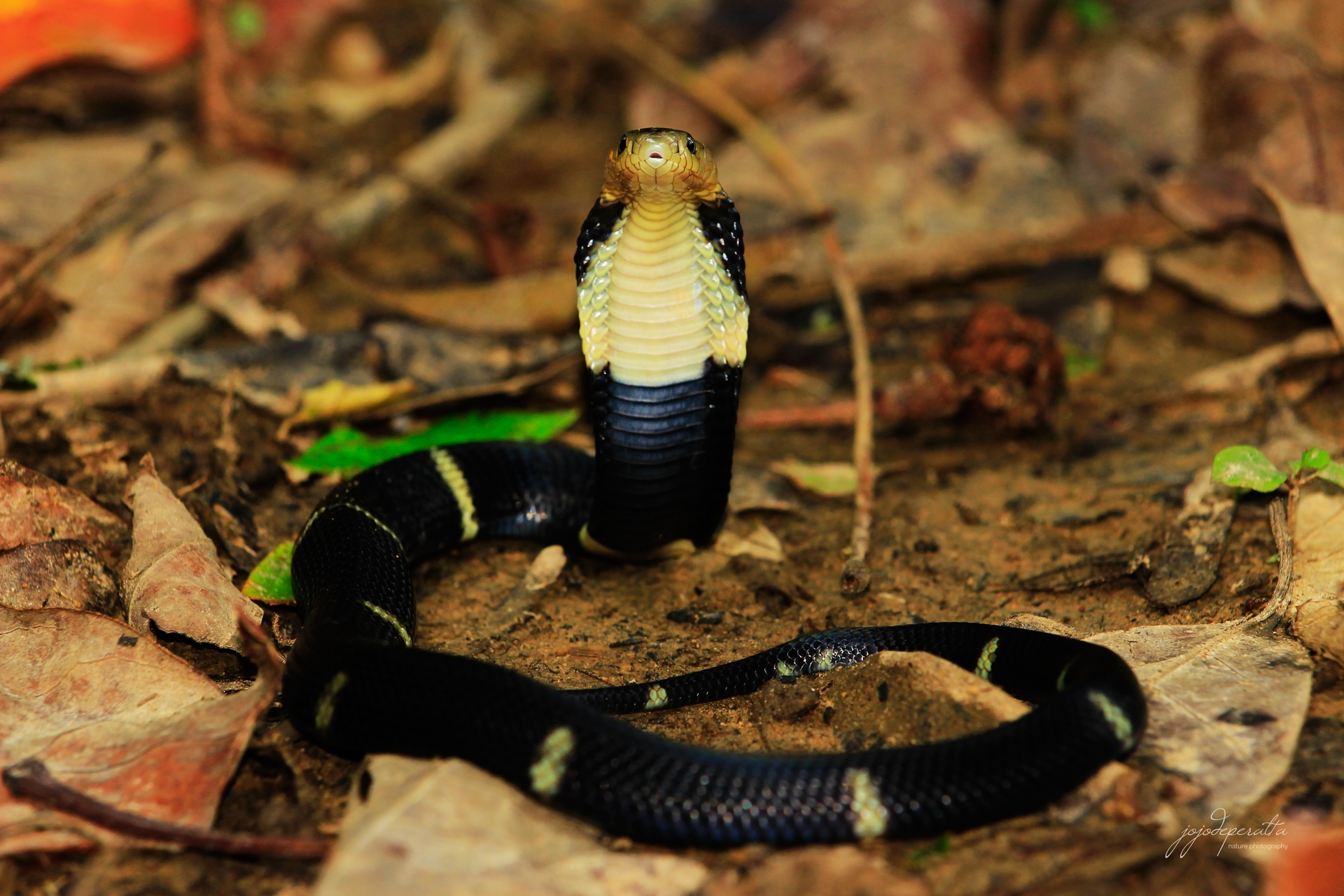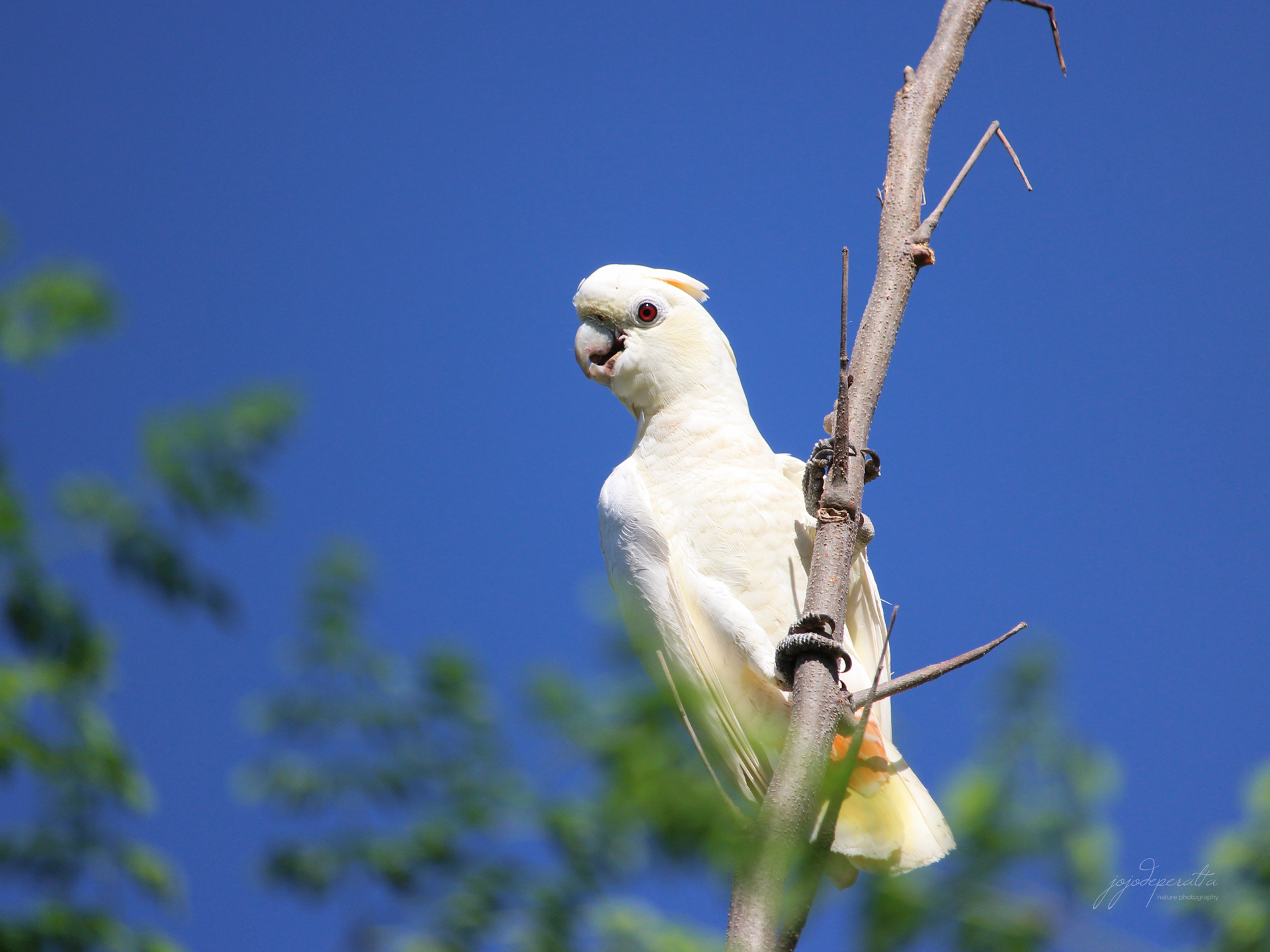Palawan Mangrove Snake
The Boiga dendrophila multicincta (Boulenger, 1896) is a large colubrid snake endemic to Palawan. It prefers humid habitats and always seen in woody areas close to bodies of water. This snake primarily occurs in lowland forests, mostly mangrove and riverine habitats, but is also found near mountain streams in the foothills up to old growth forest above 1000 masl. It is commonly seen resting on tree branches overhanging on bodies of water during the day and on the ground hunting for food at night. With its long body, this snake can move swiftly on trees and is also an adept swimmer. It is known to prey on birds and other small arboreal animals, but it seems to spend more time hunting on the ground where food is abundant.
 |
| Palawan Mangrove Snake |
The Palawan Mangrove Snake, also called Palawan Yellow-ringed Cat Snake is mildly venomous. But despite being considered not life-threatening to humans, locals fear this snake for its unpredictable and irritable behavior. They look gentle when resting during the day, but some are aggressive and ready to strike when disturbed. Their night-time prowling on the ground scare many locals, and many residents living near places where this species occurs often kill this snake for fear of being bitten while walking at night.
Contrary to its unpredictable temper during the daytime, many individuals we have seen hunting at night seem docile, curious and unafraid of humans. A mangrove snake followed us one time while we were herping with guests in mangrove area. It may be attracted to our powerful lights, heat, vibrations or to other causes we do not know, but it lost interest and stopped following after around five minutes. On a documentary filming trip a few years back where we camped for several days in a riverine forest near Rizal, mangrove snakes repeatedly visit the camp at night and seems to be interested in exploring around the tents and near our campfire. The annoyed night watch was constantly reminding everyone not to come out of the tent without flashlight.
The Palawan Mangrove Snake is considered common in Palawan, but their numbers are dwindling in the lowlands. Apart from prosecution of humans as pests, suitable lowland habitat loss represents another threat facing this endemic species. Mangroves, wetlands and riverine forests near agricultural areas were disappearing rapidly in the province. Rapid human population growth in agricultural regions contributes to forest depletion in its habitat range. Coastal developments for human habitation and agricultural farms as well as illegal cutting of lowland trees and mangroves for charcoal and other wood products made a large impact on this species lowland habitat.











